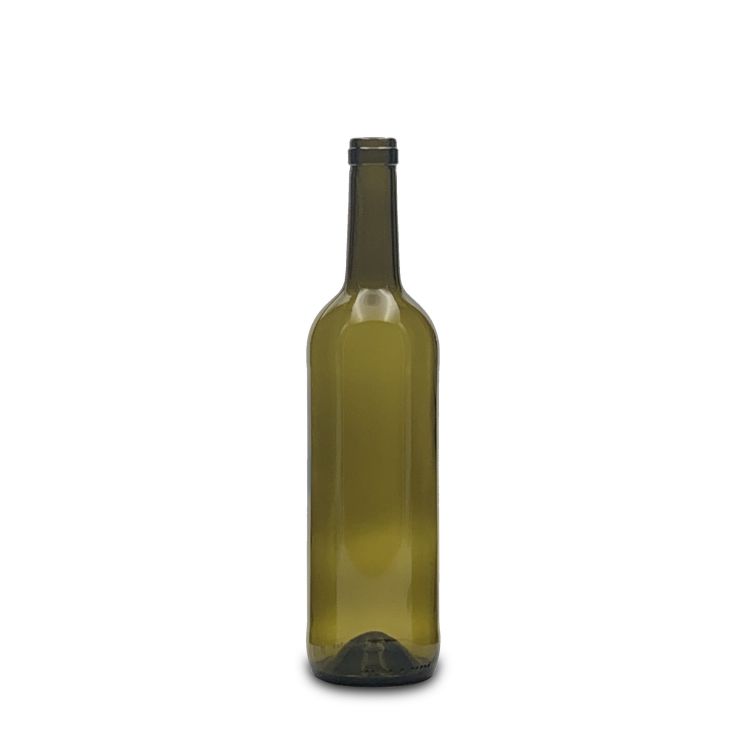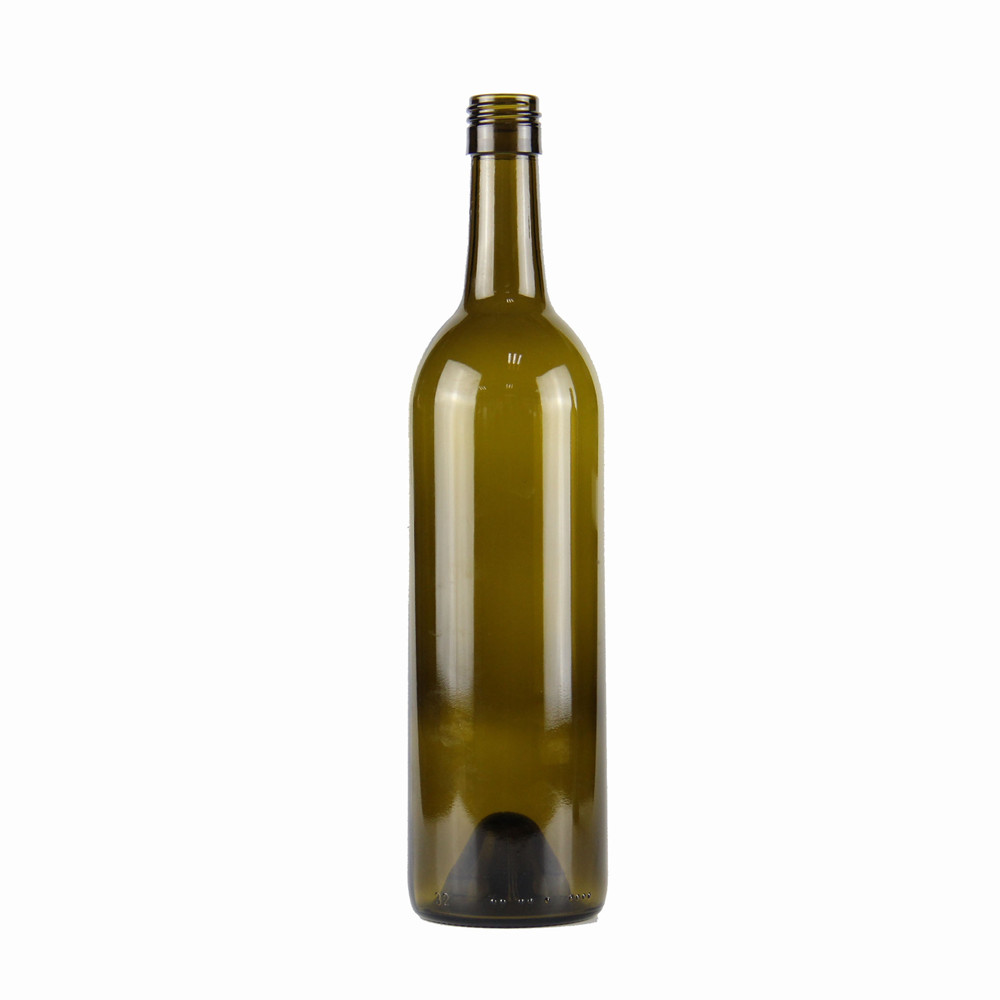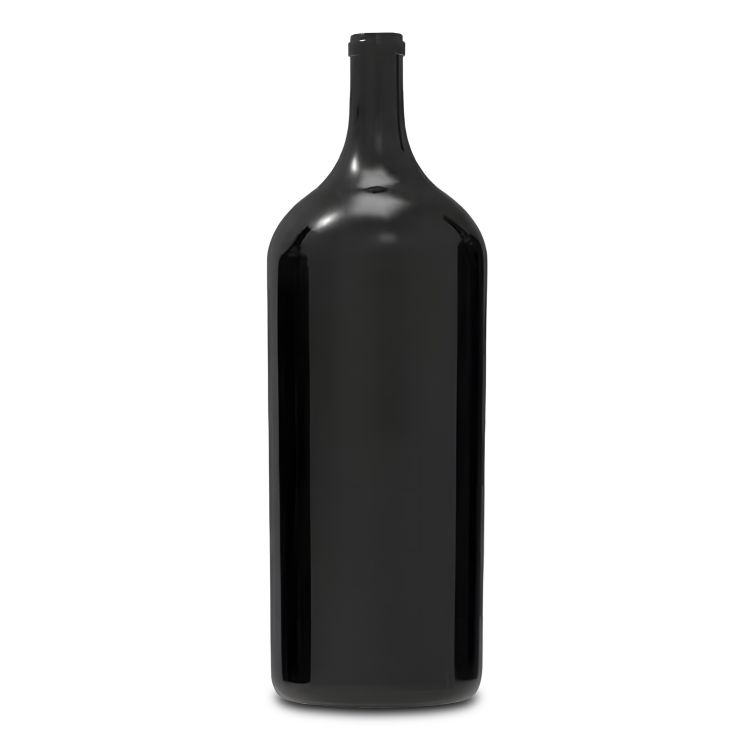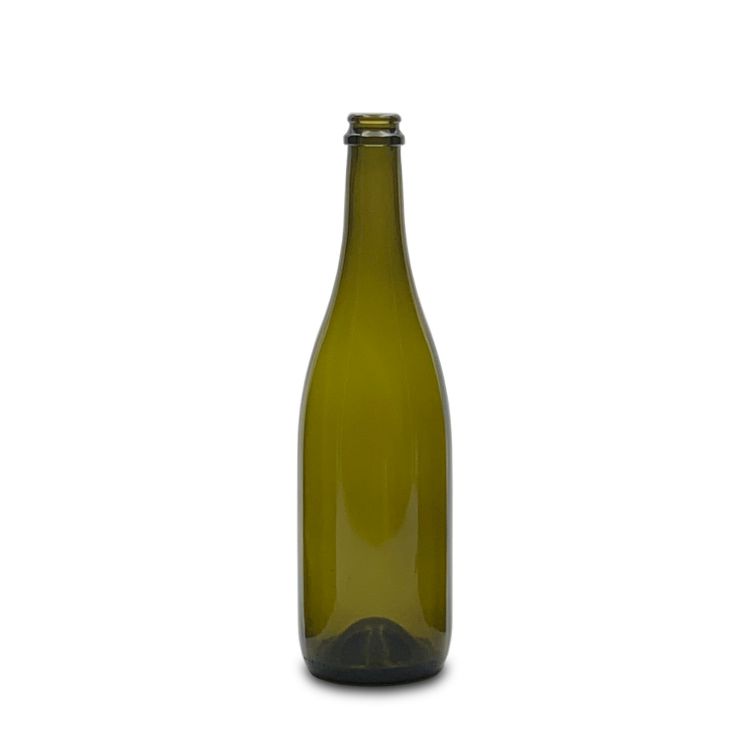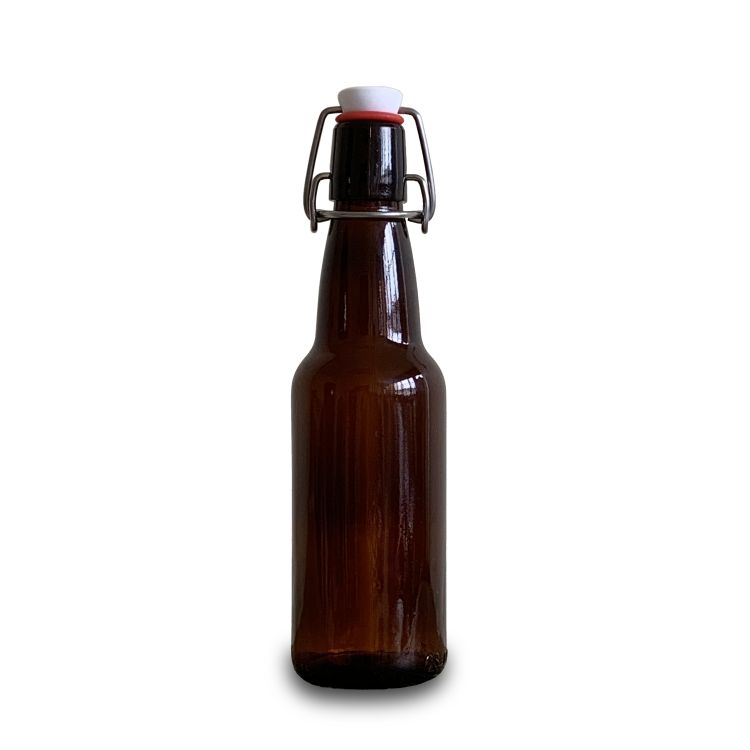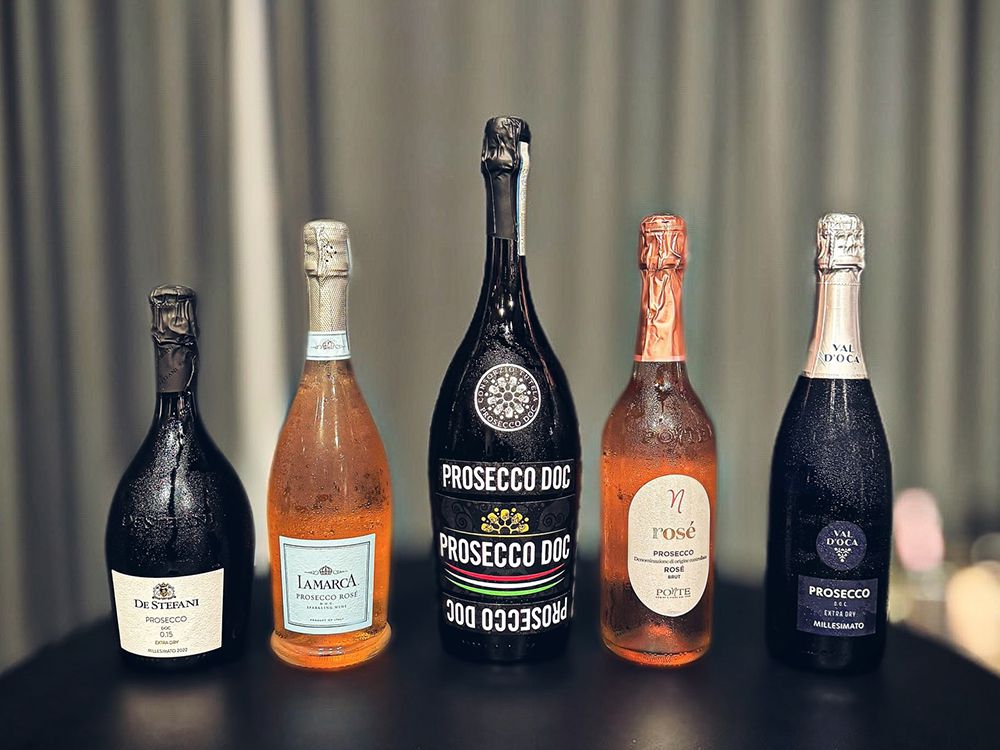
A standard wine bottle holds 750ml or 25.4 fluid ounces, providing about 5 servings of wine at a typical 5-ounce pour. For larger gatherings, Magnum bottles (1.5L, 50oz) offer 10 servings, and Double Magnum bottles (3L, 100oz) yield 20 servings. Smaller formats like a half bottle (375ml, 12.5oz) offer 2.5 servings, ideal for limited consumption. Wine bottle sizes and formats vary, so adjust servings depending on the occasion and the style of wine. The following table summarizes the popular wine bottle formats and their respective volumes in ounces:
| Bottle Format | Volume (ml) | Ounces (oz) | Equivalent in Standard Bottles |
|---|---|---|---|
| Piccolo (Split) | 187.5 ml | 6.34 oz | 1/4 bottle |
| Demi (Half Bottle) | 375 ml | 12.68 oz | 1/2 bottle |
| Standard | 750 ml | 25.4 oz | 1 bottle |
| Magnum | 1.5 L | 50.7 oz | 2 bottles |
| Double Magnum | 3 L | 101.4 oz | 4 bottles |
| Jeroboam | 4.5 L | 152.1 oz | 6 bottles |
| Imperial | 6 L | 202.9 oz | 8 bottles |
| Salmanazar | 9 L | 304.3 oz | 12 bottles |
| Nebuchadnezzar | 15 L | 507.2 oz | 20 bottles |
Standard Wine Bottle Size and Volume
Definition of a Standard Wine Bottle in ml and oz
A standard wine bottle typically holds 750 milliliters (ml) of wine, which translates to approximately 25.4 fluid ounces (oz). This volume is widely accepted across the globe and serves as the baseline for most wine serving calculations. The 750 ml bottle size was established in the 19th century and has since become the standard for both red and white wines.

Typical Serving Sizes per Bottle
When it comes to pouring wine, understanding how many servings you can extract from a standard bottle is crucial. Generally, a standard pour of wine is about 5 oz. Therefore, a 750 ml bottle will yield approximately five 5 oz servings. However, this can vary slightly depending on the wine type and occasion, as some may prefer larger or smaller pours.
Wine Bottle Sizes and Their Corresponding Ounces
Overview of Common Wine Bottle Formats
While the standard wine bottle holds 750 ml, there are various other bottle sizes that cater to different occasions and preferences. Here’s a breakdown of some common wine bottle formats:
Ounces in Each Bottle Size
To further illustrate the volume differences, here’s a summary of how many ounces are in various wine bottle sizes:
Understanding these sizes is essential for planning events or gatherings where wine will be served.
How Wine Bottle Sizes Impact Wine Serving
Explanation of Different Pours for Various Wine Styles
The style of wine often dictates the size of the pour. For example, lighter wines like Sauvignon Blanc or Pinot Grigio may be poured at 5 oz, while fuller-bodied wines like Cabernet Sauvignon might be poured at slightly larger amounts, up to 6 oz. Sparkling wines, on the other hand, are typically served in smaller pours of about 4 oz to allow for the wine’s carbonation and to maintain the bubbles.
How Bottle Size Affects Servings
Larger bottles offer more flexibility in serving sizes. For example, if you’re serving a Magnum (1.5 liters) at a dinner party, you can choose to pour 6 oz servings, yielding approximately eight servings from the bottle. This makes larger bottles ideal for social gatherings where guests may wish to have a bit more wine without needing to open multiple bottles.
Wine Glass Sizes and How They Relate to Bottle Size

Different Wine Glass Capacities in oz
Wine glasses come in various shapes and sizes, each designed to enhance the drinking experience of specific wine types. Here are some typical capacities:
Typical Wine Glass Pours
When serving wine, it’s essential to consider the capacity of the glass. Standard pours typically fall between 4-6 oz, allowing for the wine to breathe and for the drinker to appreciate its aroma and flavor. The type of wine also influences the glass size and pour amount. For instance, red wines are often served in larger glasses to accommodate the wine’s robust aroma, while sparkling wines are typically served in narrower flutes to preserve their carbonation.
How Many Ounces Are in a Glass of Wine?
Standard Wine Glass Pour Size in Fluid Ounces
The number of ounces in a glass of wine varies depending on the type of wine and the country of service. However, in the United States, the standard wine pour is 5 ounces. This means that a standard 750 ml bottle will serve about five glasses of wine.
Different wine glasses have varying capacities. Here’s an overview of some common wine glass sizes and how much wine they hold:
| Wine Glass Type | Typical Volume (oz) |
|---|---|
| Standard Red Wine Glass | 12-16 oz |
| Standard White Wine Glass | 12 oz |
| Sparkling Wine Glass | 4-4.5 oz |
| Dessert Wine Glass | 3 oz |
Wine Serving Sizes for Different Social Occasions
Recommendations for Wine Quantities Based on Events
When planning a gathering, knowing how much wine to serve can make or break the event. Here are some recommendations based on various social occasions:
Why Knowing Ounces per Bottle is Important for Wine Pairing
How Bottle and Pour Sizes Affect Wine Pairing Decisions
Understanding how many ounces are in a wine bottle is crucial for making informed wine pairing decisions. Each wine style pairs best with specific foods, and knowing the bottle size helps ensure there is enough wine to complement the meal.
For instance, when serving a robust red wine with a hearty meal, having enough wine on hand ensures that guests can refill their glasses and continue to enjoy the pairing throughout the meal. Conversely, lighter wines may require less volume, allowing for a more modest serving that matches lighter fare.
Variations to the Standard Wine Pour by Wine Type

Red, White, and Sparkling Wine Pours
Different wine types can have different pouring traditions:
These pour sizes ensure that the characteristics of each wine type are preserved while providing an enjoyable drinking experience.
Specialty Wine Bottle Formats and Their Uses
Overview of Rare Wine Bottle Sizes and Their Occasions
Beyond the standard sizes, several specialty formats exist that cater to specific occasions:
These larger formats can also make for stunning centerpieces at weddings or other celebrations.
To purchase large wine bottles, you can choose from the following large wine bottle list with complete sizes:
Do Different Wine Bottle Shapes Affect Their Ounce Capacity?
Bottle Shape vs. Capacity
Interestingly, the shape of a wine bottle does not significantly impact its capacity; rather, it is the size (measured in liters or milliliters) that dictates the volume of wine contained within. However, different shapes can affect the aesthetics of wine presentation and the perceived quality of the wine inside. For example, Bordeaux bottles are tall and straight, while Burgundy bottles are shorter and wider. Despite these differences, the actual volume of wine remains consistent with the defined sizes.
How to Calculate How Much Wine You Need for an Event
Practical Tips for Estimating Wine Quantities
When planning an event, calculating how much wine to purchase can be daunting. Here are some practical tips:
How Wine Ages Differently in Larger Bottles
Impact of Bottle Size on Wine Aging
Wine aging is influenced not only by the type of wine but also by the bottle size. Larger bottles, such as magnums, tend to age more slowly than standard bottles. This slower aging process can lead to a more complex flavor profile as the wine matures.
Additionally, larger bottles have a lower ratio of surface area to volume, which means less oxygen exposure over time, further impacting the aging process. As a result, wines stored in larger formats often have the potential for greater longevity and improved quality when opened.
Finding Uncommon Wine Bottle Sizes
Where to Purchase Unique Wine Bottle Sizes
Finding uncommon wine bottle sizes can be challenging, but several resources can assist in your search:
Ounce Differences Between Sparkling and Still Wine Bottles
How Carbonation Affects Bottle Size and Contents
The carbonation in sparkling wines can influence their bottle size and contents. Sparkling wines are typically bottled under higher pressure, which can affect the design and thickness of the bottle. While the standard size for sparkling wine is still 750 ml, some producers may use slightly different shapes or sizes to accommodate the unique fermentation process involved in creating sparkling wines.
For example, champagne bottles are often heavier and thicker than still wine bottles due to the pressure created during fermentation. This design ensures the bottle can withstand the internal pressure without breaking.
Common Wine Pour Mistakes and How to Avoid Them
Tips for Accurate Pouring
To ensure an enjoyable wine experience, it’s essential to pour accurately. Here are some tips to avoid common pour mistakes:
Conclusion
Understanding the number of ounces in a bottle of wine, the various bottle sizes, and their serving implications is essential for anyone who enjoys wine. From hosting gatherings to pairing wines with meals, knowledge about wine volumes and serving sizes can enhance the experience for both the host and the guests. By considering the factors discussed in this article, wine lovers can make informed decisions that will lead to memorable moments and enjoyable drinking experiences. Whether you’re selecting the perfect bottle for dinner or planning a large event, this comprehensive guide will serve as a valuable resource. Cheers!
FAQs
1. What is the most common wine bottle size?
The most common wine bottle size is the standard bottle, which holds 750 milliliters (ml) or approximately 25.4 ounces (oz). This size is widely used for both red and white wines and serves as the basis for most wine serving calculations.
2. How many ounces are in a half bottle of wine?
A half bottle of wine, also known as a demi or split bottle, holds 375 milliliters (ml) or approximately 12.7 ounces (oz). This size is perfect for smaller gatherings or when you want to sample different wines without committing to a full bottle.
3. Are larger wine bottles better for aging wine?
Yes, larger wine bottles tend to age wine more effectively than standard bottles. The slower aging process in larger formats, such as magnums or Jeroboams, allows the wine to develop a more complex flavor profile. This is due to a lower surface area-to-volume ratio, which reduces the wine’s exposure to oxygen.
4. How much wine should I pour for a tasting?
For a wine tasting, a pour of approximately 2-3 ounces (oz) per glass is generally recommended. This allows participants to savor the wine without overwhelming their palates, and it provides enough volume to evaluate the wine’s appearance, aroma, and taste.
5. What factors influence the pour size of wine?
Several factors can influence the pour size of wine, including the type of wine being served, the occasion, and personal preference. For example, red wines may be poured in larger amounts (5-6 oz) to enhance their aromas, while sparkling wines are typically served in smaller pours (4-5 oz) to maintain their carbonation. Additionally, formal events may call for smaller pours to encourage moderation and appreciation of the wine.


